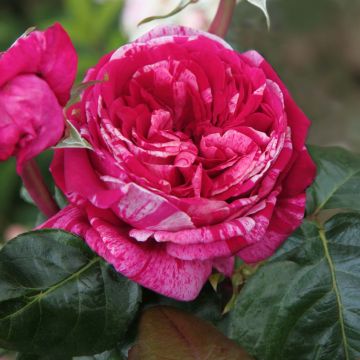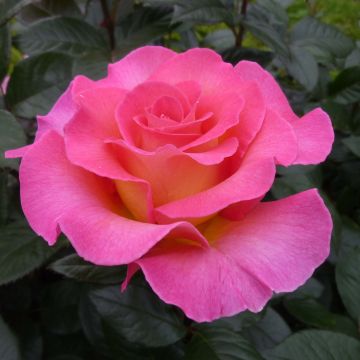

Rosa Young Lycidas


Rosa Young Lycidas


Rosa Young Lycidas
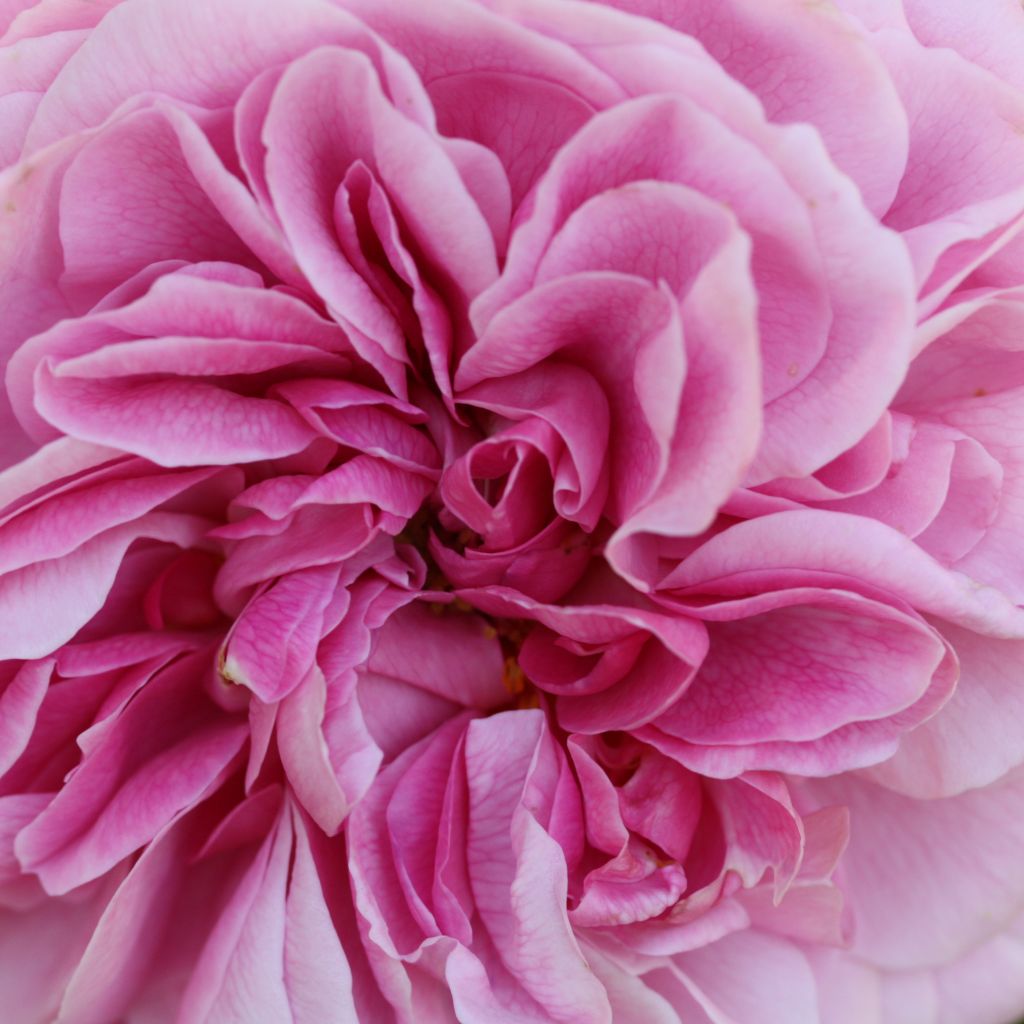

Rosa Young Lycidas
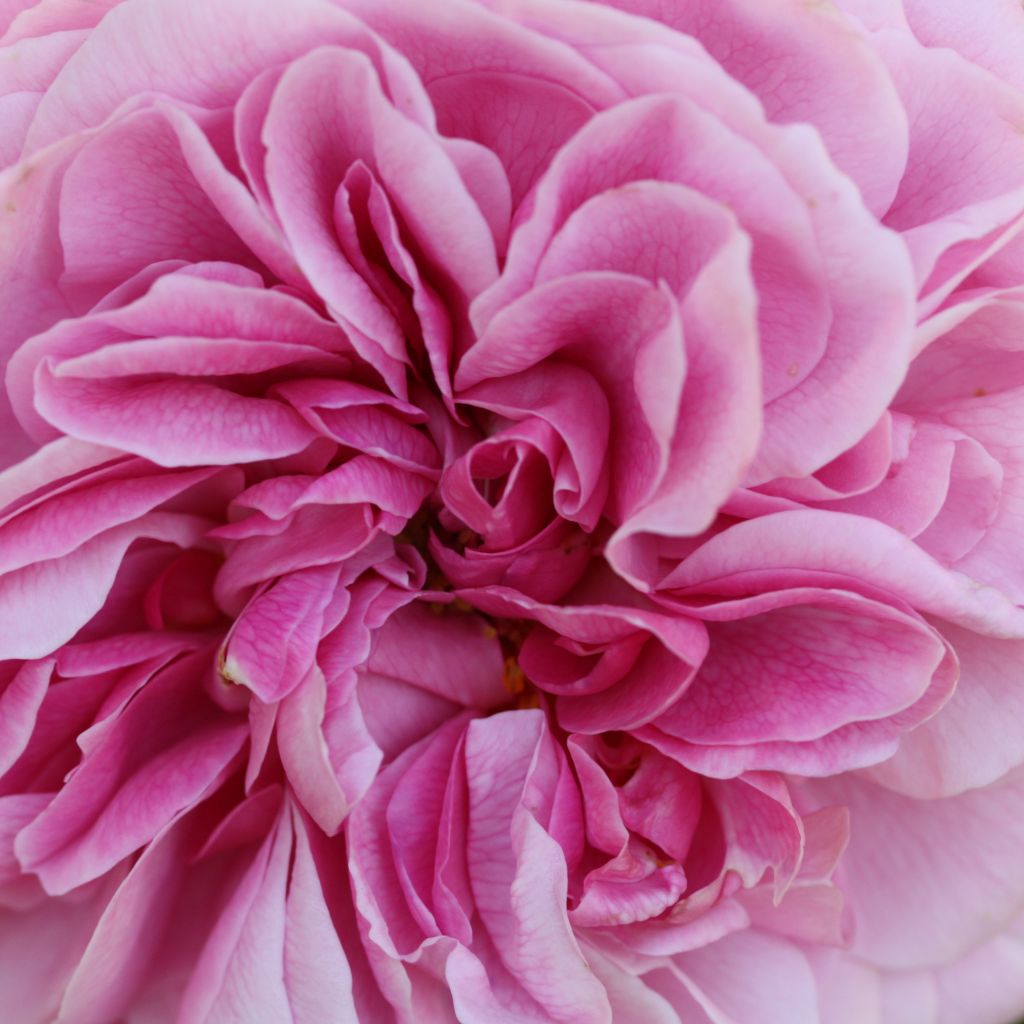

Rosa Young Lycidas


Rosa Young Lycidas
View more pictures
Hide images

Thierry P.

September flowering - image 82
Thierry P. • 84 FR

Thierry P.

August flowering - image 78 - Flower and bud.
Thierry P. • 84 FR

Thierry P.

May flowering - image 74 - Overview, in the rain.
Thierry P. • 84 FR

Thierry P.

No text to translate.
Thierry P. • 84 FR

Thierry P.

November flowering - image 65
Thierry P. • 84 FR
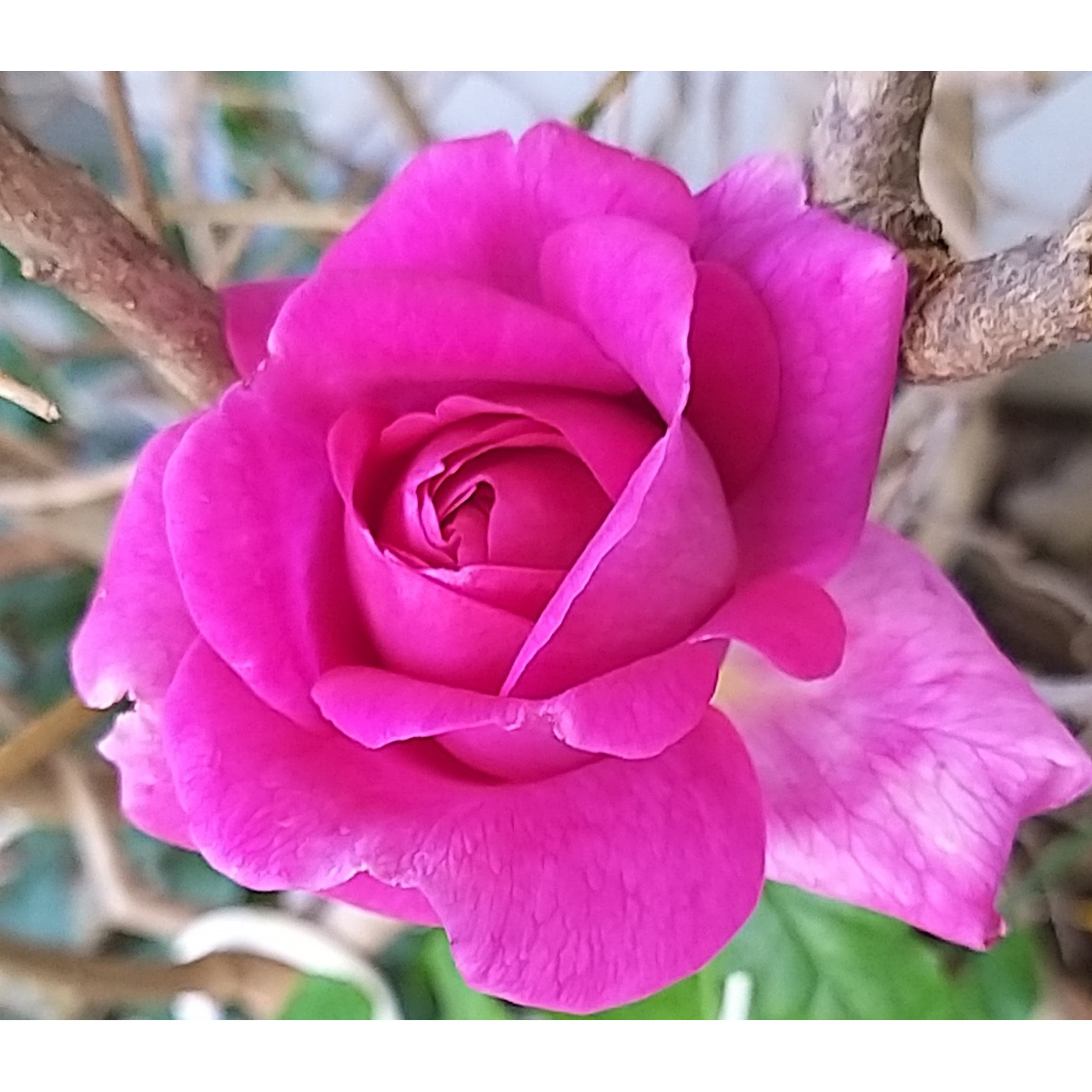
Thierry P.

November flowering - image 64 - Resembles a lilac.
Thierry P. • 84 FR

Thierry P.

October flowering - image 63
Thierry P. • 84 FR

Thierry P.

October flowering - image 62
Thierry P. • 84 FR

Thierry P.

May flowering - picture 57 - Close to the "Lady Of Shalott" & "Pink Border" roses.
Thierry P. • 84 FR

Thierry P.

May flowering - image 56
Thierry P. • 84 FR

Thierry P.

N/A
Thierry P. • 84 FR

Thierry P.

September flowering - image 49
Thierry P. • 84 FR

Thierry P.

August flowering - image 46
Thierry P. • 84 FR

Thierry P.

No text to translate.
Thierry P. • 84 FR

Thierry P.

N/A
Thierry P. • 84 FR

Thierry P.

April flowering - picture 27
Thierry P. • 84 FR

Thierry P.

No text to translate.
Thierry P. • 84 FR

Thierry P.

Thierry P. • 84 FR

Thierry P.

Thierry P. • 84 FR

Thierry P.

May flowering - image 16
Thierry P. • 84 FR

Thierry P.

May flowering - image 7
Thierry P. • 84 FR

Thierry P.

May flowering - image 15
Thierry P. • 84 FR

Thierry P.

Productive rose bush, lots of buds all year round.
Thierry P. • 84 FR

Thierry P.

April flowering - image 10
Thierry P. • 84 FR

Thierry P.

April flowering - picture 6
Thierry P. • 84 FR

Christophe C.

No text to translate.
Christophe C. • 31 FR
Rosa Young Lycidas
Rosa Young Lycidas® 'Ausvibrant'
Ausvibrant
Very happy with my rose bush planted in February, the summer has already been very productive, with beautiful flowers of a deep pink color and a wonderful fragrance.
veronique, 09/08/2025
Special offer!
Receive a €20 voucher for any order over €90 (excluding delivery costs, credit notes, and plastic-free options)!
1- Add your favorite plants to your cart.
2- Once you have reached €90, confirm your order (you can even choose the delivery date!).
3- As soon as your order is shipped, you will receive an email containing your voucher code, valid for 3 months (90 days).
Your voucher is unique and can only be used once, for any order with a minimum value of €20, excluding delivery costs.
Can be combined with other current offers, non-divisible and non-refundable.
Home or relay delivery (depending on size and destination)
Schedule delivery date,
and select date in basket
We guarantee the quality of our plants for a full growing cycle, and will replace at our expense any plant that fails to recover under normal climatic and planting conditions.
Description
The English rose 'Young Lycidas' possesses more charm than any other variety. It combines a divine fragrance that evolves with the ripeness of the flower, a range of shades in a sumptuous decadence, with an excellent ability to repeat flowers. It produces large, gently inclined flowers laden with petals blending pink, magenta, and dark red, with a silver reverse. It forms a beautiful bushy bush with vigorous stems and very healthy foliage. Its unique fragrance deserves to be planted near a passage or resting spot.
This rather bushy shrub can reach a height of 1.20m (4ft) and a width of up to 90cm (35in). Its foliage is healthy and resistant to diseases. From June to October, it is adorned with large, double, and deeply cupped flowers, solitary or in small groups, carried by vigorous stems. On the outside of the corolla, the petals tend towards mauve, with a silver reverse, and become more wine-red towards the heart of the flower. This variety is also distinguished by its elusive fragrance and colour: the flower releases a delicious scent of rose tea, which then evolves into the headier and sweeter notes of old roses with a hint of cedarwood.
The English rose 'Young Lycidas' pairs well with English Roses and Old Roses in a small hedge or a bed of roses or large perennial plants such as lavender, peonies, paniculate phlox, or the light blooms of gauras and paniculate gypsophila.
English Roses are well-known for being perfectly repeat-flowering, and their flowers are renowned for being beautiful, well-formed and highly fragrant. They are also highly versatile and adaptable plants. They result from cross-breeding between old roses (Damask, Gallica, and Bourbon) and modern roses (Hybrid Teas and Floribundas). They resemble old roses naturally and offer large, cup-shaped, romantic and bohemian flowers. The modern roses have brought brighter colours and repeat-flowering. If you have enough space, English, Old, or Shrub Roses are magnificent planted in groups of three. They will grow together to form a single, opulent bush that will bloom even more generously.
This variety was named at the request of The John Milton Society to commemorate the 400th anniversary of the poet John Milton's birth. 'Lycidas' is one of the best short poems in English literature. Interestingly, this poet introduced the word 'fragrance' into the English language.
Bred by David Austin, 2008.
Report an error about the product description
Rosa Young Lycidas in pictures
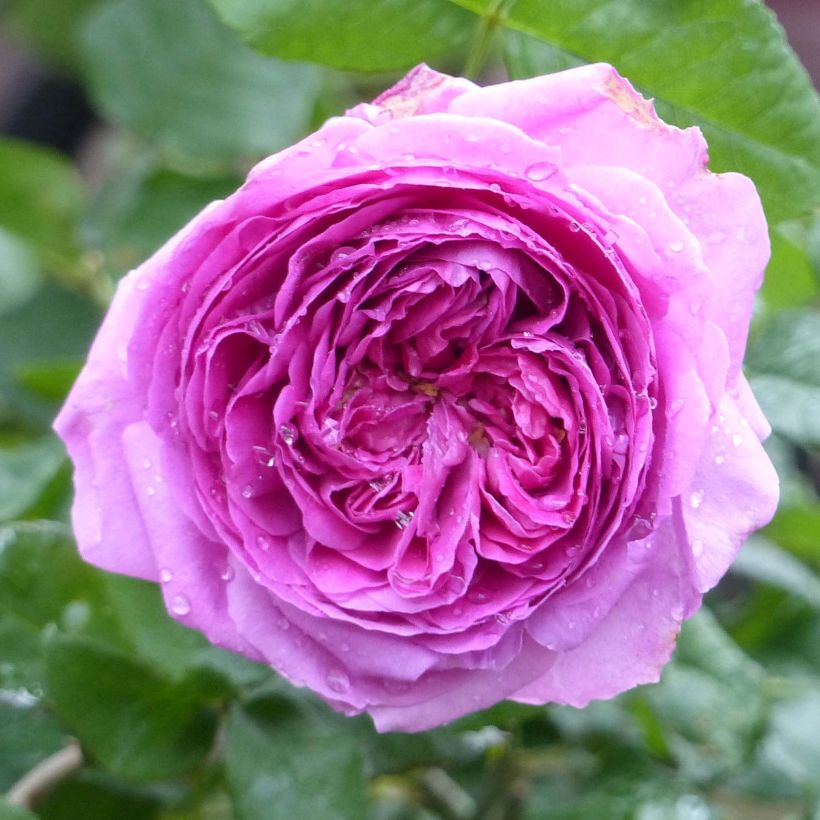



Plant habit
Flowering
Foliage
Botanical data
Rosa
Young Lycidas® 'Ausvibrant'
Rosaceae
Ausvibrant
Cultivar or hybrid
Rosa canina Laxa (Wrapped bare root, 4L/5L pot)
Planting and care
Plant your English Rose 'Young Lycidas' in a location that receives ample sunlight or is lightly shaded. English roses are tolerant to different soil types, but they do not thrive in soil that has excessive limestone. These roses can grow in any garden if the soil is well-worked, not too heavy, and rich enough. To plant your rose, crumble the soil and add an amendment, such as blood, fish and bone, to the bottom of the planting hole. After planting, water generously to remove any pockets of air, and regularly for the first few weeks to help with rooting.
Pruning English roses is essential for better flowering. At the end of winter, in February-March, shorten the branches to 3-5 buds above the ground (at the lowest), choosing an outward-facing bud for a more elegant look. While pruning, remove any dead wood and unsightly branches. Make sure to prune at a slant above a bud. As the flowers bloom, remove faded flowers to stimulate the development of other buds.
Roses often have stains or may look unsightly towards the end of summer. However, this is not a problem for their development. These stains are natural and do not harm the rose.
Planting period
Intended location
Care
-
, onOrder confirmed
Reply from on Promesse de fleurs
Similar products
Haven't found what you were looking for?
Hardiness is the lowest winter temperature a plant can endure without suffering serious damage or even dying. However, hardiness is affected by location (a sheltered area, such as a patio), protection (winter cover) and soil type (hardiness is improved by well-drained soil).

Photo Sharing Terms & Conditions
In order to encourage gardeners to interact and share their experiences, Promesse de fleurs offers various media enabling content to be uploaded onto its Site - in particular via the ‘Photo sharing’ module.
The User agrees to refrain from:
- Posting any content that is illegal, prejudicial, insulting, racist, inciteful to hatred, revisionist, contrary to public decency, that infringes on privacy or on the privacy rights of third parties, in particular the publicity rights of persons and goods, intellectual property rights, or the right to privacy.
- Submitting content on behalf of a third party;
- Impersonate the identity of a third party and/or publish any personal information about a third party;
In general, the User undertakes to refrain from any unethical behaviour.
All Content (in particular text, comments, files, images, photos, videos, creative works, etc.), which may be subject to property or intellectual property rights, image or other private rights, shall remain the property of the User, subject to the limited rights granted by the terms of the licence granted by Promesse de fleurs as stated below. Users are at liberty to publish or not to publish such Content on the Site, notably via the ‘Photo Sharing’ facility, and accept that this Content shall be made public and freely accessible, notably on the Internet.
Users further acknowledge, undertake to have ,and guarantee that they hold all necessary rights and permissions to publish such material on the Site, in particular with regard to the legislation in force pertaining to any privacy, property, intellectual property, image, or contractual rights, or rights of any other nature. By publishing such Content on the Site, Users acknowledge accepting full liability as publishers of the Content within the meaning of the law, and grant Promesse de fleurs, free of charge, an inclusive, worldwide licence for the said Content for the entire duration of its publication, including all reproduction, representation, up/downloading, displaying, performing, transmission, and storage rights.
Users also grant permission for their name to be linked to the Content and accept that this link may not always be made available.
By engaging in posting material, Users consent to their Content becoming automatically accessible on the Internet, in particular on other sites and/or blogs and/or web pages of the Promesse de fleurs site, including in particular social pages and the Promesse de fleurs catalogue.
Users may secure the removal of entrusted content free of charge by issuing a simple request via our contact form.
The flowering period indicated on our website applies to countries and regions located in USDA zone 8 (France, the United Kingdom, Ireland, the Netherlands, etc.)
It will vary according to where you live:
- In zones 9 to 10 (Italy, Spain, Greece, etc.), flowering will occur about 2 to 4 weeks earlier.
- In zones 6 to 7 (Germany, Poland, Slovenia, and lower mountainous regions), flowering will be delayed by 2 to 3 weeks.
- In zone 5 (Central Europe, Scandinavia), blooming will be delayed by 3 to 5 weeks.
In temperate climates, pruning of spring-flowering shrubs (forsythia, spireas, etc.) should be done just after flowering.
Pruning of summer-flowering shrubs (Indian Lilac, Perovskia, etc.) can be done in winter or spring.
In cold regions as well as with frost-sensitive plants, avoid pruning too early when severe frosts may still occur.
The planting period indicated on our website applies to countries and regions located in USDA zone 8 (France, United Kingdom, Ireland, Netherlands).
It will vary according to where you live:
- In Mediterranean zones (Marseille, Madrid, Milan, etc.), autumn and winter are the best planting periods.
- In continental zones (Strasbourg, Munich, Vienna, etc.), delay planting by 2 to 3 weeks in spring and bring it forward by 2 to 4 weeks in autumn.
- In mountainous regions (the Alps, Pyrenees, Carpathians, etc.), it is best to plant in late spring (May-June) or late summer (August-September).
The harvesting period indicated on our website applies to countries and regions in USDA zone 8 (France, England, Ireland, the Netherlands).
In colder areas (Scandinavia, Poland, Austria...) fruit and vegetable harvests are likely to be delayed by 3-4 weeks.
In warmer areas (Italy, Spain, Greece, etc.), harvesting will probably take place earlier, depending on weather conditions.
The sowing periods indicated on our website apply to countries and regions within USDA Zone 8 (France, UK, Ireland, Netherlands).
In colder areas (Scandinavia, Poland, Austria...), delay any outdoor sowing by 3-4 weeks, or sow under glass.
In warmer climes (Italy, Spain, Greece, etc.), bring outdoor sowing forward by a few weeks.





































